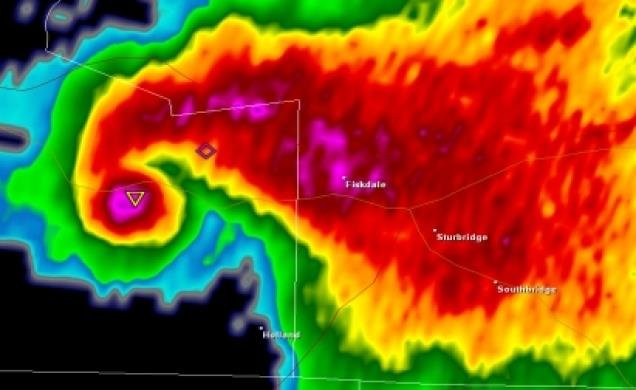-
Posts
78,867 -
Joined
-
Last visited
Content Type
Profiles
Blogs
Forums
American Weather
Media Demo
Store
Gallery
Everything posted by weatherwiz
-
Hopefully some of the recent changes in direction are not a product of starting to get better sampling (which would be not so good news) but the notable differences in the structures of just about everything...ridging in the West, evolution of the southern shortwave, the trough, and also the ULJ across the region is a bit concerning right now. We're not talking about subtle changes either.
-
The differences in short-term between the NAM/GFS have been insane...and not just here but throughout the country. Finally there seems to be some agreement on that but even yesterday morning the NAM/GFS were worlds apart on that system. It's been that way with just about every weather system this winter across the country.
-
Not the storm but watching how the NAM starts to handle the evolution of the pattern across the eastern Pacific and western U.S. is certainly in range. When there is storm potential we spend so much time focusing on the U.S. domain when in reality the domain of focus should be shifted much farther west to incorporate the Pacific. For example, models have been really been building the ridging into the western U.S. moving into Wednesday...well the processes and evolution of that is really starting over the Pacific now so understanding how the models are handling what's occurring over the Pacific may yield big clues.







